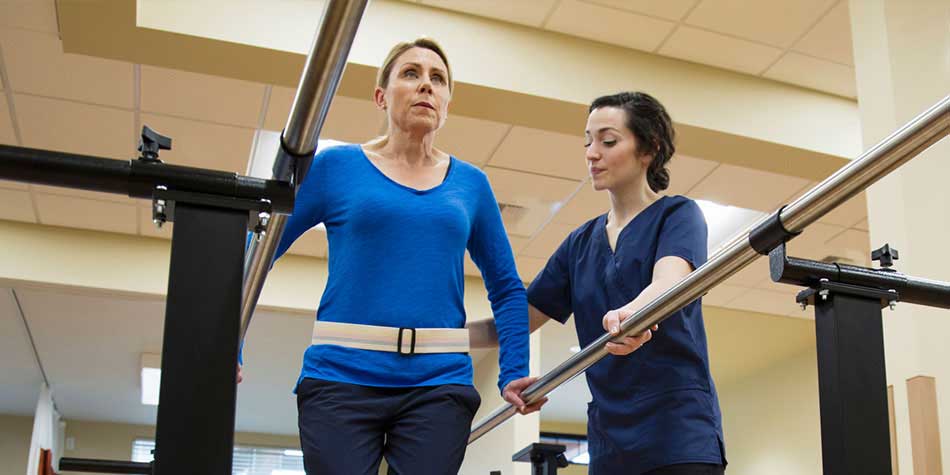Parkland Medical Center
- October 07, 2019

Physical therapy (PT) and occupational therapy (OT) both help you gain strength and function. Whether you have a chronic condition such as severe arthritis or cerebral palsy, or are recovering from an injury or surgery, you may need one or both. So what’s the difference?
Both PT and OT:
- Educate you about preventing injuries or complications
- Help you understand the healing process and what to expect
- Help you improve your ability to perform the activities of daily living
- Require advanced education for practitioners — usually a doctoral degree
Physical therapy:
- Works with you to reduce impairment through exercise, massage and education
- Focuses on biomechanics — how your body, muscles, tendons and ligaments work to create movement
- Can help prevent or delay the need for surgery for some conditions
- Can be used after surgery or injury to help you recover and regain strength and function
Occupational therapy:
- Focuses on helping you do the things you need or want to do every day as easily as possible
- May help with adapting your environment at home or work to make your daily life easier
- Sets specific goals with you, with a focus on helping you live a full and active life
- May be used with or after physical therapy to help you make the most of your capabilities as they develop
References
- American Occupational Therapy Association. Evidence-based practice and research. Accessed April 24, 2019.
- St. Catherine University. OT vs PT: The Differences Between the Fields of Occupational Therapy and Physical Therapy. April 12, 2017.
$webqFacilityNumber
Need a Physician?